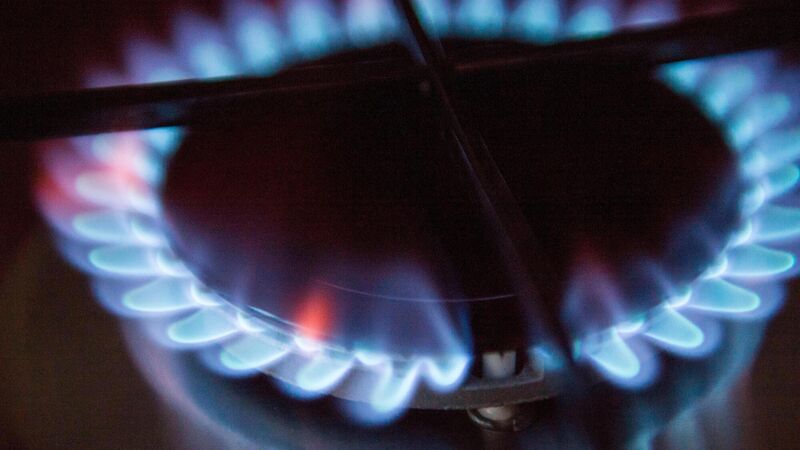European gas storage sites deplete at fastest pace since 2018

The weather has turned colder across most of northwest Europe, which could spur further withdrawals in the coming days as gas usage for heating increases.
The region’s vast underground storage sites — which act as a buffer against tighter flows — are just over 70% full, compared with about 86% a year ago. While there is no risk of an immediate shortfall, the rapid depletion may make stockpiling more challenging ahead of the next heating season, and risks impacting short-term prices.











